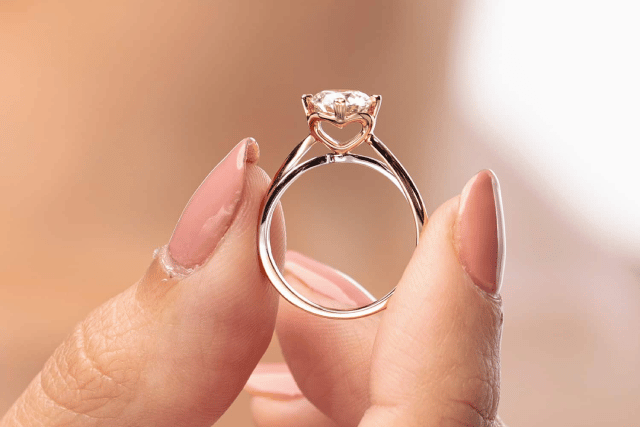In the world of lab grown diamonds 4Cs, understanding the 4Cs—Cut, Color, Clarity, and Carat Weight—is essential for making informed purchasing decisions. These criteria not only influence the appearance of a diamond but also its overall value. As we delve into each of these characteristics, we will explore how they apply specifically to lab created diamonds, ensuring that you choose a gem that meets your desires and expectations.
The Importance of Cut in Lab Grown Diamonds
Cut is arguably the most critical factor when evaluating a diamond. It refers to how well a diamond has been shaped and faceted, impacting its brilliance and sparkle. In lab grown diamonds, the cut can range from excellent to poor, with variations that significantly affect the gem’s visual appeal.
Types of Cuts
The most popular cuts include the Round Brilliant, known for its exceptional sparkle and timeless design, the Princess Cut, which offers a modern look while maximizing brilliance, and the Emerald Cut, characterized by its rectangular shape and step-like facets that emphasize clarity over brilliance. When selecting a lab grown diamond, ensure that you examine the cut grade. An excellent cut maximizes light reflection, resulting in a stunning visual effect. Pay attention to the symmetry and polish, as these factors enhance the overall beauty of the diamond.
Color: Finding the Perfect Hue
The color of a diamond refers to the presence of color in what is typically a colorless stone. Lab grown diamonds are graded on a scale from D (colorless) to Z (light yellow or brown). Most consumers prefer diamonds in the D to J range, as these appear more brilliant and are often indistinguishable from natural diamonds to the untrained eye.
Understanding Color Grades
Diamonds in the D to F range are colorless and extremely rare, commanding the highest prices. G to J diamonds are near-colorless options that offer excellent value without noticeable color. K to Z diamonds exhibit visible color and are usually more affordable, appealing to those who prefer a warm tone. When choosing a lab grown diamond, consider how the color complements the setting and other gemstones. A well-chosen color grade can enhance the overall aesthetic of the piece.
Clarity: A Closer Look at Perfection
Clarity refers to the presence of inclusions or blemishes in a diamond. These imperfections can be internal (inclusions) or external (blemishes), and they affect the stone’s overall appearance. Lab grown diamonds typically boast higher clarity than their mined counterparts, as they are created in controlled environments where conditions can be optimized.
Clarity Grading Scale
The clarity of a diamond is graded from Flawless (FL) to Included (I). Flawless diamonds have no inclusions or blemishes visible under 10x magnification. Internally Flawless diamonds have no inclusions visible, but surface blemishes may be present. Very Slightly Included diamonds exhibit minor inclusions that are difficult to detect. Slightly Included diamonds have inclusions visible under 10x magnification but not to the naked eye. Included diamonds have visible inclusions that may affect transparency and brilliance. For the best value, consider lab grown diamonds with a clarity grade of VS2 or higher, balancing beauty and budget.
Carat Weight: Size Matters
Carat weight measures a diamond’s size, with one carat equal to 0.2 grams. The carat weight affects not only the size of the diamond but also its price. As carat weight increases, so does the cost, often exponentially. Therefore, when selecting a lab grown diamond, it is important to balance the desired size with your budget.
Choosing the Right Carat Weight
Many buyers aim for a diamond that appears larger without significantly increasing the carat weight. For instance, a well-cut diamond will appear larger than a poorly cut one of the same carat weight. Additionally, consider how the diamond will be set. A halo setting, which features smaller diamonds surrounding a central stone, can enhance the appearance of size without requiring a larger carat weight.
Conclusion: Making an Informed Decision
Understanding the 4Cs is essential for selecting the perfect lab grown diamond. By carefully evaluating the cut, color, clarity, and carat weight, you can ensure that your choice aligns with both your aesthetic preferences and budget. Lab grown diamonds offer an ethical and often more affordable alternative to lab diamonds, providing the same beauty and brilliance. Whether you are choosing an engagement ring, a pendant, or earrings, knowledge of the 4Cs will empower you to make a choice that reflects your style and values.

